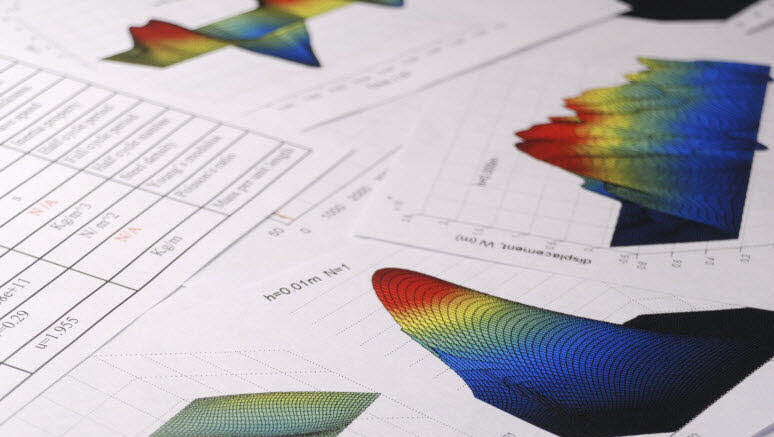Design Optimization
Design optimization is the process of iterative design refinement to maximize features related to geometry, functional performance, structural performance, and cost. SECG combines parametric and direct modeling methods, as well as structural simulation techniques to optimize overall product design. Some product designs are complex, and optimization of key product characteristics can only be achieved through iterative design.
SECG excels in this arena by not only utilizing modern and advanced programmatic methods that facilitate iterative design, but also by incorporating structural simulations and establishing parametric analysis studies when optimizations are multi-faceted and non-linear. Through programmatic iterative design methods, structural simulation integration, and by leveraging the power of custom built advanced workstations and numerical servers, SECG provides its clients expedited results that allow for rapid turnkey solutions and complete integration into its client’s product development cycle.
Programmatic Optimization Methods
The three primary programmatic optimization methods SECG uses are sensitivity, feasibility, and optimization studies. These three methods allow for automation of the design optimization process, thereby yielding accurate results in a shorter period of time. The desired output and method utilized depends on the goals of the optimization. Optimizations involving single variable updates are typically executed using the sensitivity study option. However, optimizations involving multiple design requirements along with multiple variables are typically handled using either feasibility studies or optimization studies.




Parametric Analysis Studies
One unique capability SECG has is the ability to create parametric analysis studies within the CAD environment. Through the use of either the programmatic optimization methods mentioned above or through custom developed relational or program-based CAD automation, SECG will integrate structural simulations into the parametric feature structure of the part or assembly model.
Through this integration of structural simulation into the parametric CAD environment, SECG adds a completely new dimension to the process. By coupling this ability to integrate structural simulations within the parametric feature tree of the CAD model with the programmatic optimization methods mentioned above, SECG has unparalleled capabilities to rapidly and accurately optimize designs.